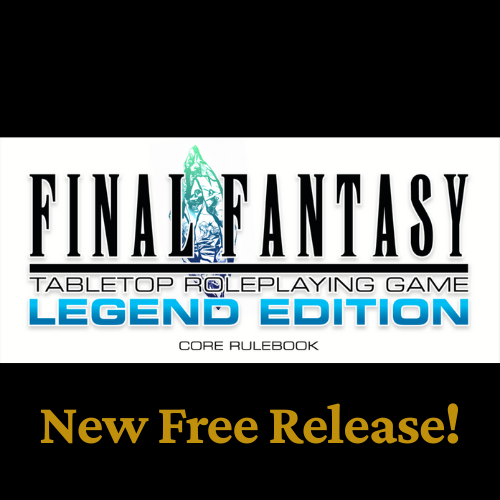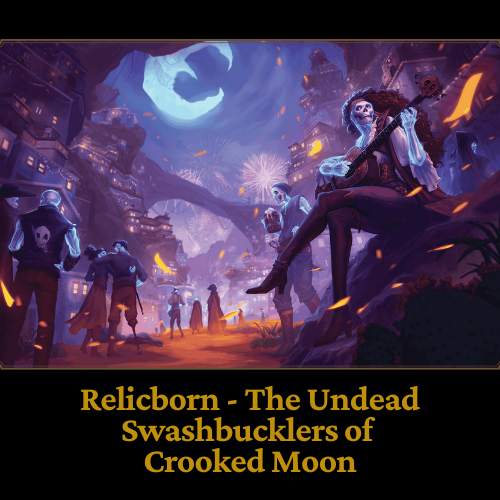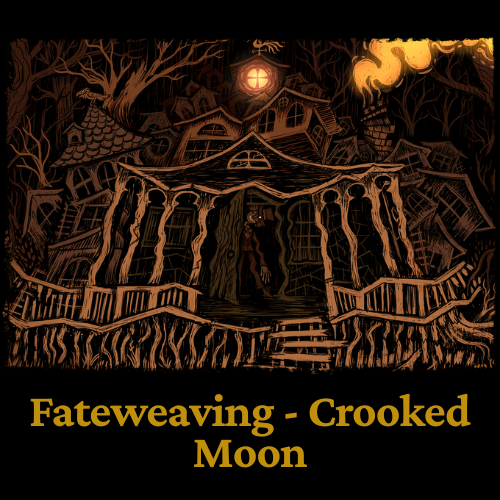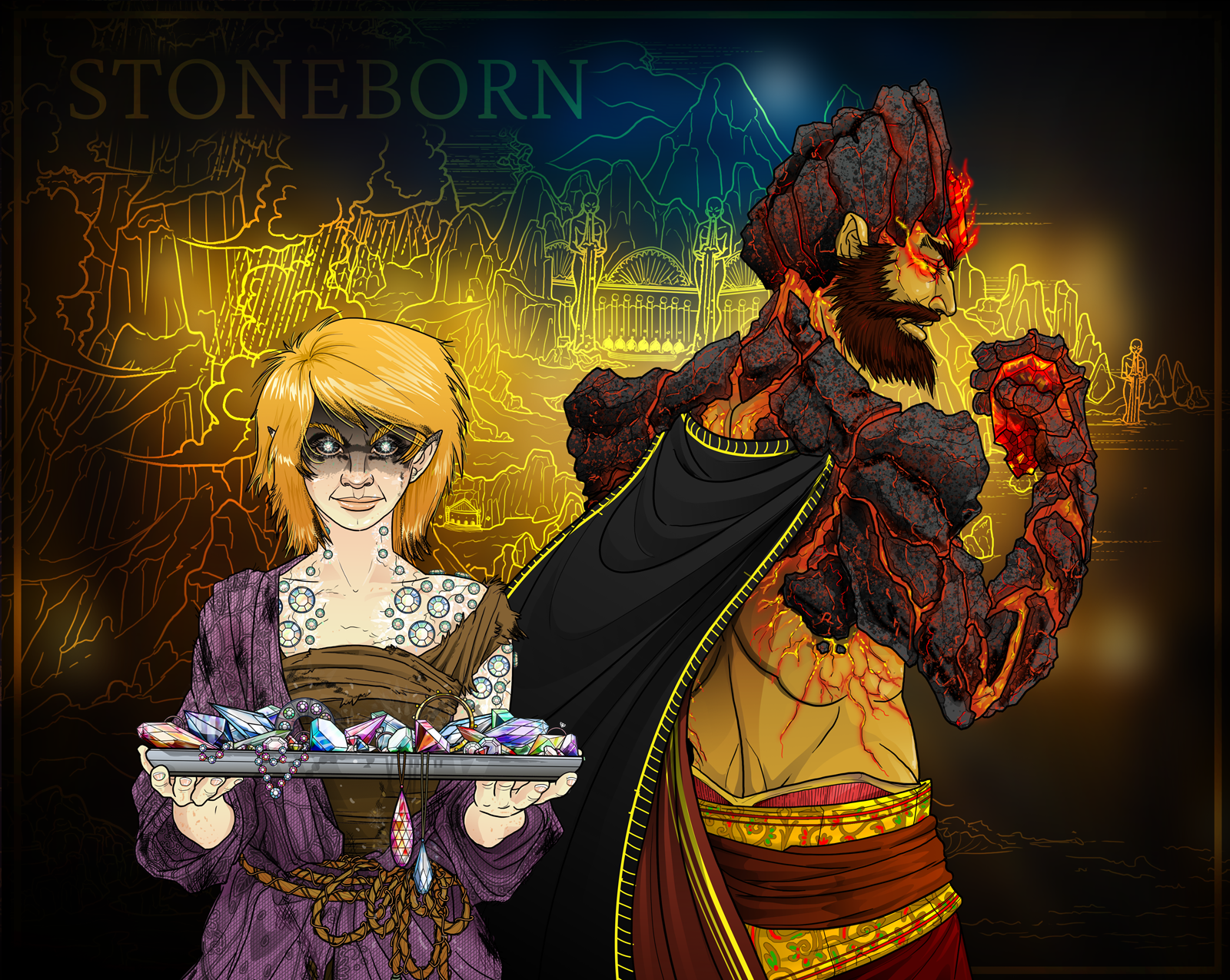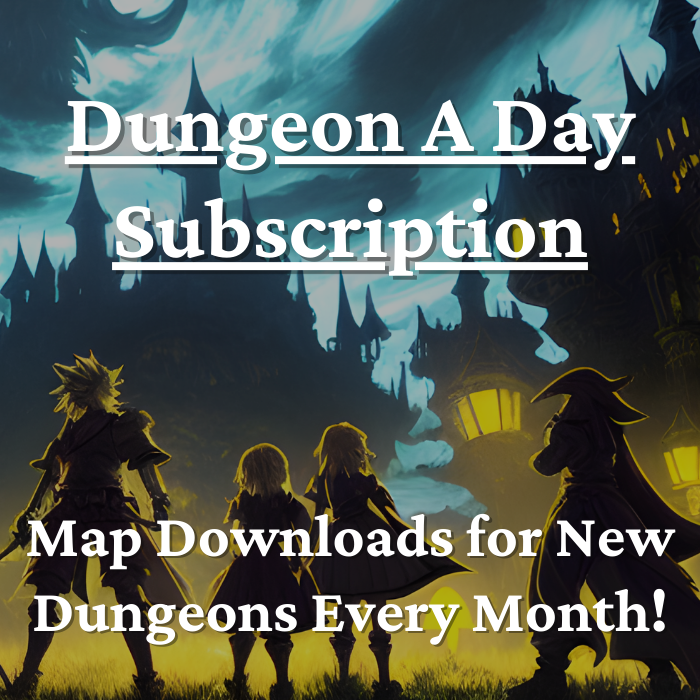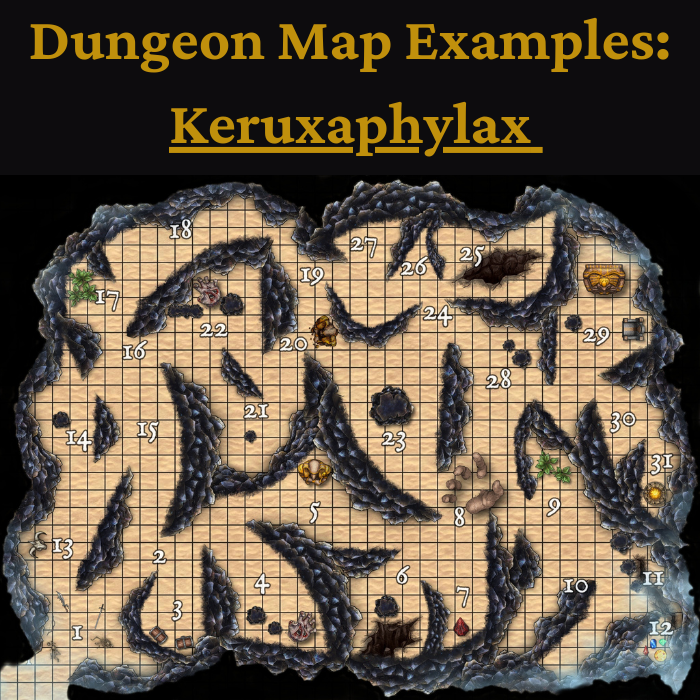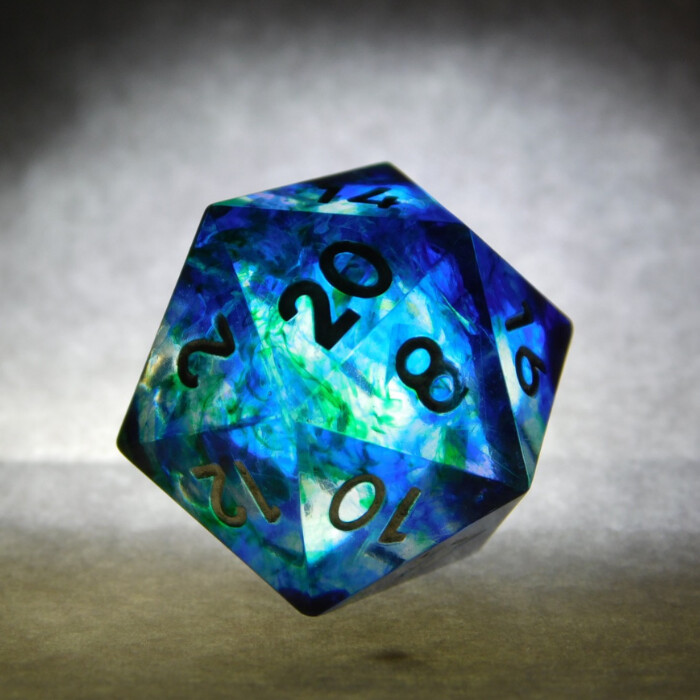New Kickstarter - Starset the Great Dimming - GrimDark SciFi
Transcribed content from our recent YouTube video: https://www.youtube.com/watch?v=qJt6sfuolo8&ab_channel=EternityTTRPG
Transcription
Civilization cut off. The solar system dimming. You’re not a hero—you’re just a soul, caught in the aftermath.
Hey everyone! Today we’re unpacking Starset: The Great Dimming—the new 2nd‑edition tabletop RPG by Josiah Mork. It's a gritty, hope‑tinged sci‑fi RPG where ordinary lives shape the story.
If you haven’t ever tried out TTRPGs besides D&D, this video is for you. I personally love finding the gems out there, especially from people who have fresh ideas in the RPG space.
So, let’s dive into what makes this game truly unique.
1. Life‑Path Character Creation – “Your Story Shapes Your Stats”
In most tabletop RPGs, you start by picking numbers—your strength, intelligence, gear, etc. Starset flips that completely.
Here, you start with a life path: five origin stories to choose from—Combat, Common, Exploration, Mercenary, or Slave. These aren’t classes. They’re your character’s past. Were they a soldier in a forgotten war? A wanderer searching for hope? A prisoner stripped of identity?
Once you’ve chosen, you roll dice to simulate major events in that character’s life. Each result gives you a moral choice, like “Did you steal the food to survive… or go hungry and keep your honor?” Your decision directly affects what skills, alliances, and scars your character carries—and even how old they are by the time the game begins.
And yes, it’s possible to die before session one. That's how real and brutal the world of Starset is.
You also collect keywords—these are mechanical tags that represent things like trauma, friendships, or defining traits. Some make you stronger. Others are burdens that shape how you grow. Either way, they evolve with you, like emotional milestones that actually change your abilities over time.
In short: You don’t make a character—you live them.
As creator Josiah Mork put it, this is “backstory on mega-steroids.”
2. Simultaneous Action Resolution – “It’s Not Your Turn—It’s Everyone’s Turn”
In most tabletop RPGs, combat goes in turns: “You go, then I go, then the monster goes.”
Starset changes the entire flow. Here’s how it works:
Whenever someone targets you—say, with an attack or a persuasion attempt—that action is delayed until the end of your next turn. That delay is called a Floating Action. It gives you and your allies time to do something about it.
Maybe you dodge out of the way. Maybe you talk them down. Maybe your teammate steps in with an assist, giving you a boost. These responses turn every round into a mini strategy session.
So instead of sitting there waiting for your next turn, the idea is that you’re constantly engaged. Helping allies. Blocking threats. Choosing whether to defend, or risk it all.
Your dice pool—which you use for actions—is also your health. Take a hit, and you lose dice. That means fewer options and more vulnerability next turn.
The result? Combat is less “hit and wait” and more like chess with story beats—tactical, interactive, and team-driven. Even the quiet players at the table get a reason to act and shine.
3. Rich, Thought‑Provoking Worldbuilding – “Loneliness Is the Real Enemy”
Starset isn’t just dark because it looks cool—it’s dark because it wants to say something.
The game is set after a cosmic event collapses the Oort Cloud... did I pronounce that right?
The Oort Cloud collapses, cutting off Earth from the rest of humanity. Civilization falls into chaos. Survivors are left scattered, alone, and desperate for connection.
Every faction in the game is built around a different solution to loneliness:
- One turns to faith.
- Another to techno-utopia.
- One seeks control through power.
- Others build tight-knit communities.
Each choice has promise… and danger. No side is “right”—they just reflect real human struggles.
To support this, the game includes the 8 Edicts of Man, a set of philosophical rules that shape society post-collapse. The setting spans 1,000 years of history, giving Game Masters tons of material—from colony ships in deep space to dying cities on Earth.
At the end of every game session, players earn experience not for killing monsters, but by sharing how their character helped others or fought against isolation.
It’s a system that rewards empathy, as much as power.
So yes, Starset is bleak—but it’s also hopeful. It’s a game about surviving the dark… by reaching for the light.
Who Should Play Starset… and Why?
So who is this game really for?
Starset is for story lovers:
If you're the kind of player who enjoys deep, emotional character arcs—where your decisions carry weight and shape your story—Starset was made for you. Every character is a layered person with a past, not just a collection of stats.
Starset is for strategic thinkers:
Starset rewards thoughtful play. Combat and problem-solving aren't just about rolling high—they're about making smart, team-based decisions. And because you’re always involved—even during someone else’s turn—there’s no dead time at the table.
Starset is for sci-fi fans with a philosophical streak:
Starset tackles big questions: How do we find connection in a broken world? What do we believe in when everything falls apart? If you love sci-fi that makes you think, you’ll feel right at home.
And finally, Starset is for game masters who crave worldbuilding fuel:
The game’s setting is rich with lore—factions, history, philosophy, politics. It's all there to spark story hooks, conversations, and custom adventures. Whether you’re building a gritty survival tale or a cosmic morality play, Starset gives you tools to explore both.
To summarize, here’s Why Starset Stands Out
- You don’t just create a character—you live their backstory through interactive choices before the game even begins.
- The simultaneous action system keeps players engaged and reactive, almost all the time. Which is a fresh change to many D&D battles, if we’re being honest.
- The world of Starset is dark, yes—but it’s also filled with glimmers of hope, and it challenges you to explore themes like empathy, survival, and belief.
- And finally, every rule and system is designed to reward meaningful interaction—with the world and each other.
The Bottom line?
Starset doesn’t ask, “How do you win?” Instead, it asks,
“What kind of person will you be when everything falls apart?”
Intrigued? You can back it now on Kickstarter or check out the rulebook when it’s available.
And lastly, let me know what you think of new game coverage like this, in the comments below. Eternity TTRPG is still feeling out who we are as a channel, so your insight helps me connect you with the content you want most. Until next time!
Dice, Dungeons, Games & More - Eternity TTRPG
Share This Article

Author - Jacob Tegtman
Dear reader, I hope you enjoyed this article. Tabletop gaming has been a passion of mine since I was 6 years old. I've played just about every game from Dungeons and Dragons to video games like Final Fantasy. These games have inspired me, made me laugh, made me cry, and brought me endless hours of enjoyment.
I started Eternity TTRPG - and the indie tabletop game that goes along with it (Eternity Shop) - to share my love of gaming with others. I believe that in our technology-driven age, tabletop games help bring a sense of magic and community back into our world.
If you love the site, please share it with others! I have lots of gaming-related material for you to peruse and use in your own gaming sessions. If you have any questions about the site or want to contribute, just send me a message using the "Contact" page, which you can find in the site's footer.
